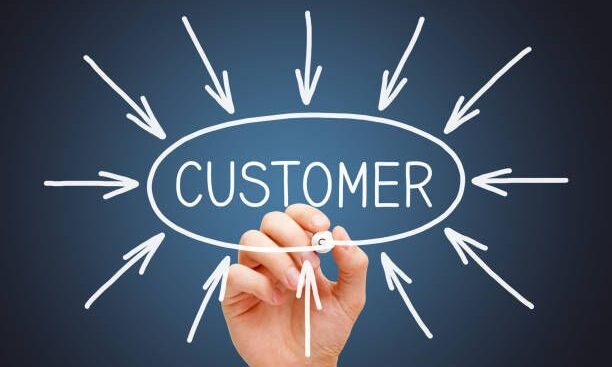In today’s rapidly evolving world, where technology and innovation dominate the market, it might seem counterintuitive to consider the relevance of traditional wisdom in building a brand. However, blending the time-tested principles of the past with modern product development can create a unique and resonant brand identity. You can see in all geographical market, there will be some small players playing this card very well and garnering a good share of some product lines using this. This works well and is suited for product startups that operate in smaller geographical areas or a single country.
To begin with delve into the concept of traditional wisdom and its significance in the context of branding. Am mentioning 4 different angles of thought that can help in creating this, if you think there is more please comment for others to benefit.
Emphasizing Authenticity
One of the core tenets of traditional wisdom is authenticity, examine how authenticity can be infused into product development and brand messaging. By incorporating genuine and transparent values into the brand’s ethos, companies can establish a trustworthy and meaningful relationship with their audience.
Traditional wisdom often emphasizes sustainable practices , by integrating sustainable principles into product design and production will resonate with eco-conscious consumers, thereby fostering brand loyalty.
Tapping into Cultural Relevance
Cultural relevance plays a crucial role in brand building. By integrating elements of local culture and traditions into products, marketing strategies, and communication, brands can forge deep connections with their target markets.
Fostering a Sense of Community.
Traditional wisdom often centers around the idea of community and collective well-being. Through community engagement, social initiatives, and shared values, brands can turn consumers into brand advocates and foster long-term loyalty.
Balancing Modern Innovation
While traditional wisdom provides valuable insights, it is essential to balance it with modern innovation. Brands can merge the best of both worlds, combining timeless values with cutting-edge technology and design. By striking this balance, companies can create products that feel familiar yet forward-thinking.
Hope this helps.



